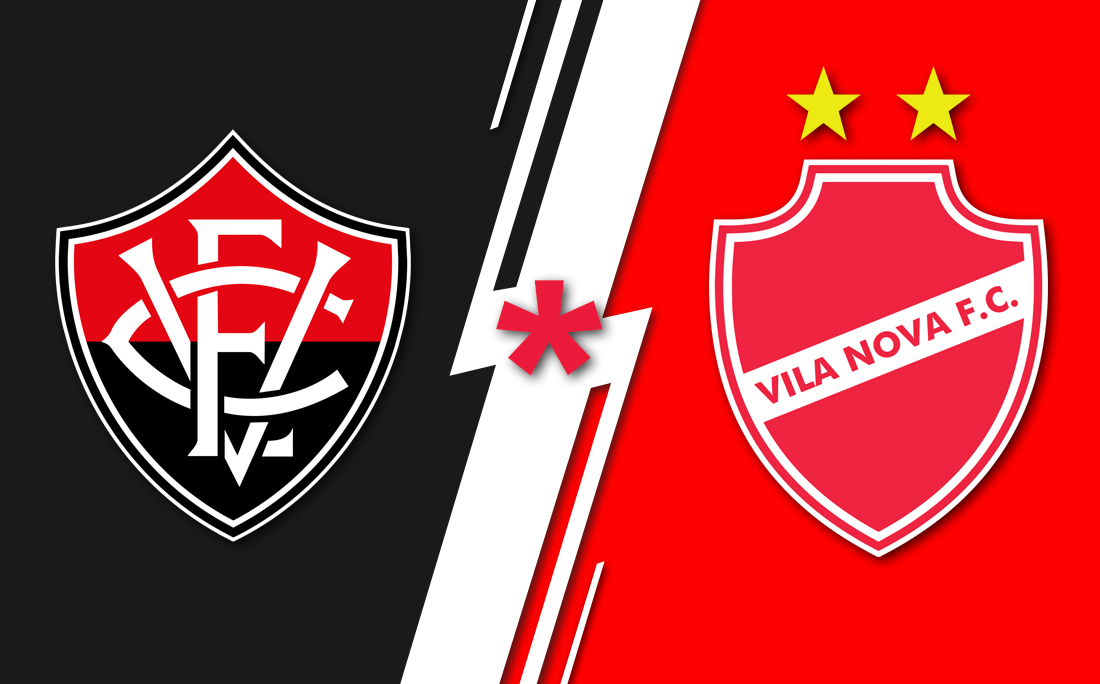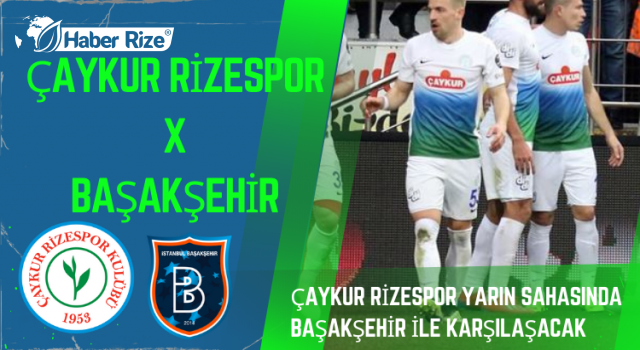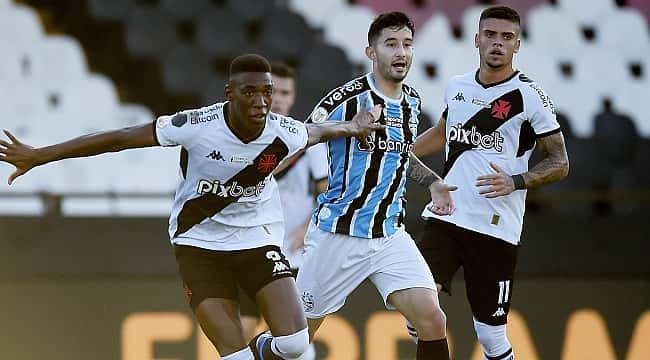

instituto x vélez sársfield
The Rich Footballing History of Instituto and Vélez Sársfield
Por um escritor misterioso
Atualizada- novembro. 21, 2024
Instituto and Vélez Sársfield are two football clubs that have left a lasting mark on the Argentine footballing scene. Both clubs boast a rich history and a passionate fanbase. This article delves into the origins and achievements of Instituto and Vélez Sársfield, highlighting their contribution to the sport.

When it comes to Argentine football, Instituto and Vélez Sársfield are two clubs that cannot be ignored. Both hold a special place in the hearts of their supporters and have made significant contributions to the game in their own unique ways.
Instituto Atlético Central Córdoba, commonly known as Instituto, is a football club based in Córdoba, Argentina. Founded in 1918, the club has a long and storied history. While they have never played in the top-flight of Argentine football, Instituto has had its fair share of success in the lower divisions. The club has been crowned champions of the Argentine second division on two occasions, in 1988 and 2011. These achievements earned them promotions to the top flight, but they were unable to maintain their position in the Primera División.
Instituto has a passionate fanbase that stands by the club through thick and thin. The Estadio Juan Domingo Perón, also known as El Monumental de Alta Córdoba, is the club's home ground and serves as a cauldron of noise and support during matches. The fans, known as Los Albirrojos, create an incredible atmosphere that further adds to the club's rich history.
On the other hand, Club Atlético Vélez Sársfield, commonly referred to as Vélez Sársfield or simply Vélez, is a football club based in Buenos Aires, Argentina. Founded in 1910, Vélez has established itself as a force to be reckoned with in Argentine football. The club has enjoyed success both domestically and internationally.
Vélez has won the Argentine Primera División on multiple occasions, with its first title coming in 1968. The club's golden era came in the 1990s when they achieved several league titles and also conquered the South American stage by winning the Copa Libertadores in 1994. These achievements solidified Vélez's status as one of the top clubs in Argentina.
The Estadio José Amalfitani, Vélez's home ground, is renowned for its electric atmosphere during matches. The stadium has witnessed countless memorable moments and has become a symbol of the club's identity.
Both Instituto and Vélez Sársfield have contributed immensely to Argentine football through their youth development systems. Instituto, in particular, has a reputation for producing talented young players who have gone on to succeed at the highest level. Many players who have represented the Argentina national team have come through Instituto's youth ranks.
Vélez Sársfield has also made significant contributions to Argentine football through its youth academy. The club's renowned youth system has produced talented players like Juan Román Riquelme and Mauro Zárate, who have not only made an impact at Vélez but have also had successful careers at other clubs.
In conclusion, both Instituto and Vélez Sársfield are two football clubs that have shaped the Argentine footballing landscape in their own ways. While Instituto's success has primarily come in the lower divisions, they have a passionate fanbase and a rich history that cannot be overlooked. Vélez, on the other hand, has enjoyed success at both domestic and international levels, establishing themselves as one of Argentina's prominent clubs. Both clubs have contributed immensely to youth development and have produced talented players who have represented their respective national teams. As we look to the future, Instituto and Vélez Sársfield continue to be integral parts of Argentine football."



Çaykur Rizespor, yarın sahasında Başakşehir ile karşılaşacak
When it comes to Argentine football, Instituto and Vélez Sársfield are two clubs that cannot be ignored. Both hold a special place in the hearts of their supporters and have made significant contributions to the game in their own unique ways.
Instituto Atlético Central Córdoba, commonly known as Instituto, is a football club based in Córdoba, Argentina. Founded in 1918, the club has a long and storied history. While they have never played in the top-flight of Argentine football, Instituto has had its fair share of success in the lower divisions. The club has been crowned champions of the Argentine second division on two occasions, in 1988 and 2011. These achievements earned them promotions to the top flight, but they were unable to maintain their position in the Primera División.
Instituto has a passionate fanbase that stands by the club through thick and thin. The Estadio Juan Domingo Perón, also known as El Monumental de Alta Córdoba, is the club's home ground and serves as a cauldron of noise and support during matches. The fans, known as Los Albirrojos, create an incredible atmosphere that further adds to the club's rich history.
On the other hand, Club Atlético Vélez Sársfield, commonly referred to as Vélez Sársfield or simply Vélez, is a football club based in Buenos Aires, Argentina. Founded in 1910, Vélez has established itself as a force to be reckoned with in Argentine football. The club has enjoyed success both domestically and internationally.
Vélez has won the Argentine Primera División on multiple occasions, with its first title coming in 1968. The club's golden era came in the 1990s when they achieved several league titles and also conquered the South American stage by winning the Copa Libertadores in 1994. These achievements solidified Vélez's status as one of the top clubs in Argentina.
The Estadio José Amalfitani, Vélez's home ground, is renowned for its electric atmosphere during matches. The stadium has witnessed countless memorable moments and has become a symbol of the club's identity.
Both Instituto and Vélez Sársfield have contributed immensely to Argentine football through their youth development systems. Instituto, in particular, has a reputation for producing talented young players who have gone on to succeed at the highest level. Many players who have represented the Argentina national team have come through Instituto's youth ranks.
Vélez Sársfield has also made significant contributions to Argentine football through its youth academy. The club's renowned youth system has produced talented players like Juan Román Riquelme and Mauro Zárate, who have not only made an impact at Vélez but have also had successful careers at other clubs.
In conclusion, both Instituto and Vélez Sársfield are two football clubs that have shaped the Argentine footballing landscape in their own ways. While Instituto's success has primarily come in the lower divisions, they have a passionate fanbase and a rich history that cannot be overlooked. Vélez, on the other hand, has enjoyed success at both domestic and international levels, establishing themselves as one of Argentina's prominent clubs. Both clubs have contributed immensely to youth development and have produced talented players who have represented their respective national teams. As we look to the future, Instituto and Vélez Sársfield continue to be integral parts of Argentine football."

Grêmio x Vasco: onde assistir ao vivo grátis e escalações - Brasileirão - Br - Futboo.com



